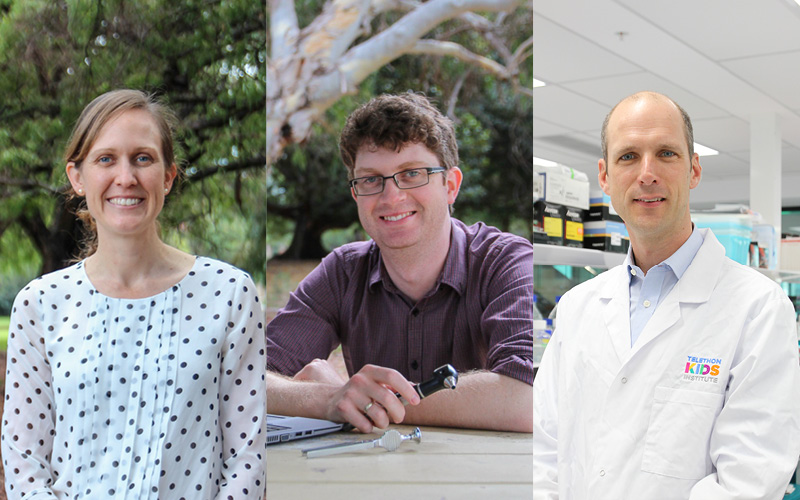Search
Showing results for "Au"
Research
Non-specific psychological distress, smoking status and smoking cessation: United States National Health Interview Survey 2005It is well established that smoking rates in people with common mental disorders such as anxiety or depressive disorders are much higher than in people...
Research
Dietary intake of omega-3 fatty acids and risk of depressive symptoms in adolescentsPrevious randomized controlled trials have demonstrated that omega-3 polyunsaturated fatty acids (n-3 PUFA) are beneficial in reducing symptoms of depression.
Research
Longitudinal hand function in Rett syndromeLoss of hand function is a core feature of Rett syndrome. This article describes longitudinal hand function at 3 time points for 72 subjects participating...

News & Events
The Kids ‘Tall Poppies’ rise above the restThree The Kids researchers have been named amongst WA’s most outstanding young scientists for their efforts to ensure kids around the country have the chance to lead happy and healthy lives.
Research
Cystic FibrosisCystic fibrosis (CF) is the most common chronic, life-shortening genetic condition affecting young Australians. There is no cure but researchers are working to prevent the onset of lung disease.
Research
Developmental Pathways in WA Children Project (Developmental Pathways Project)Rebecca Fiona Melissa Helen Steve Desiree Glauert Stanley O'Donnell Leonard Zubrick Silva BPsych (Hons) PhD FAA FASSA MSc MD FFPHM FAFPHM FRACP

Research
Ngangk Ngabala Ngoonda (Sun Safety)The Ngangk Ngabala Ngoonda (Sun Safety) project aims to address an urgent health issue and knowledge gap by generating a greater understanding of the barriers to sun protective behaviours and skin cancer prevention among Aboriginal CYP and their families in WA.
Research
Immunogenicity of the inactivated influenza vaccine in children who have undergone allogeneic haematopoietic stem cell transplantThis study provides evidence to support annual inactivated influenza vaccine administration to children following allogeneic haematopoietic stem cell transplant

News & Events
Infectious diseases advocate and child disability researcher named as finalists for national awardsCongratulations to prominent consumer advocate Catherine Hughes and The Kids Research Institute Australia honorary researcher Dr Noula Gibson, who have been named finalists in Research Australia’s 2023 Health and Medical Research Awards.

News & Events
The Kids researcher joins global program to enhance mental health of bubsA The Kids Research Institute Australia researcher whose work focuses on the mental health of babies and young children has been chosen from a global field to become one of 20 new Zero to Three Fellows.
